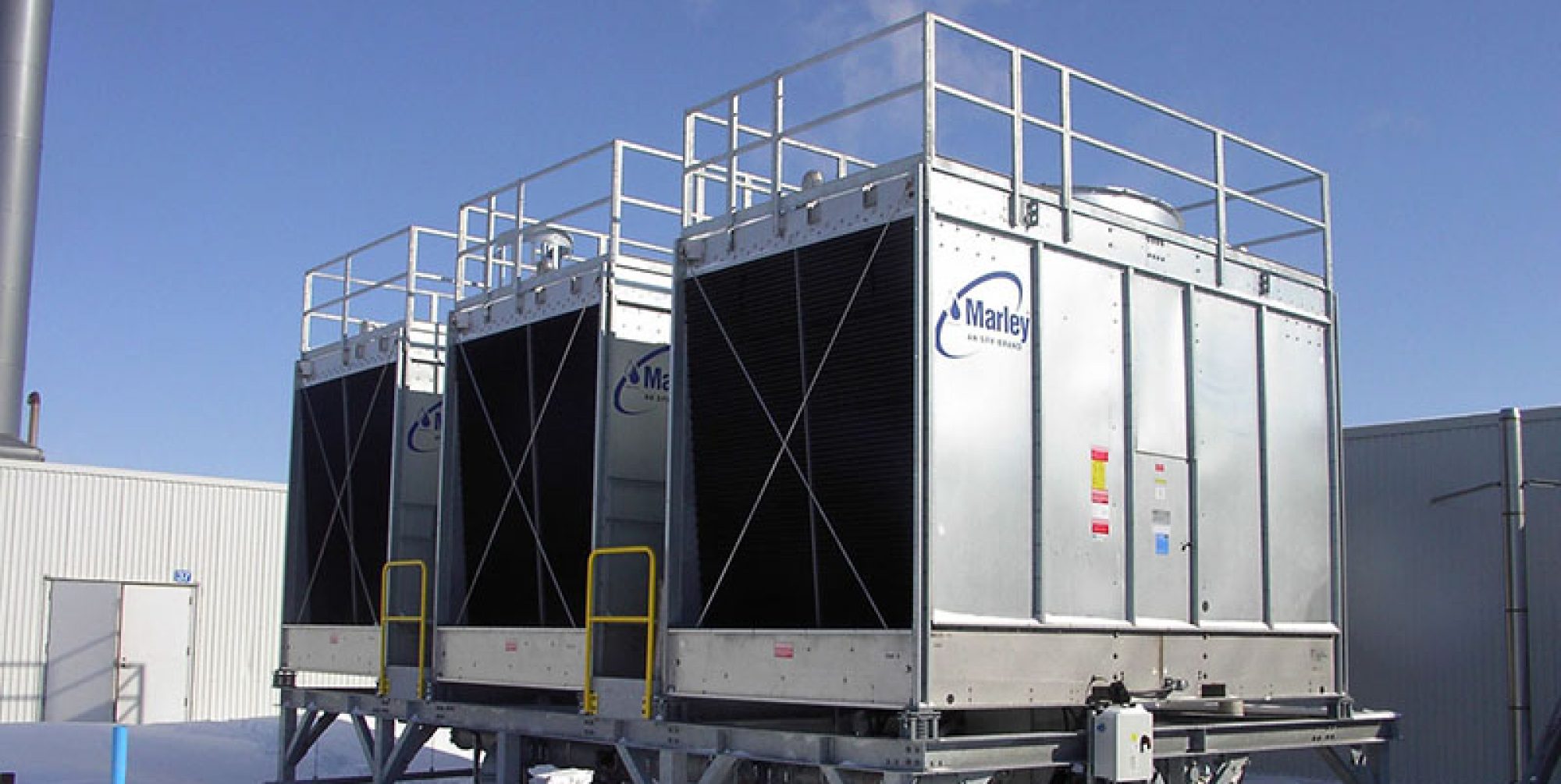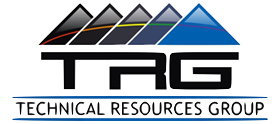What is Legionella?
Legionella is a genus of waterborne bacteria that can thrive in various locations
throughout commercial properties and health care facilities. The gram-negative L. pneumophilia
regard warm stagnant reservoirs (e.g., spas, fountains, whirlpools) and contaminated pathways
as sites for amplification. The water can be aspirated or inhaled as water vapor (x ≤ 5
micrometers), exposing personnel to infectious Legionellosis. Exposure to this pathogen can
result in mild to severe sickness with a heightened mortality rate for those with compromised
immune systems.
Target Audience
Age Group: 50+ years
Risks: Smoker (former), immunosuppressed, cancer, organ failure, COPD, diabetes, …
Facilities
Commercial: factories, businesses
Health care: rehabilitation centers, senior living wings, nursing homes, hospitals
- Facilities that treat or house at-risk patients on a frequent basis.
Locations
- Cooling Towers / HVAC
- Humidifiers / Misters / Atomizers / CPAP
- Whirlpools / Spas
- General Plumbing: Showers / Aerated Taps, Storage tanks
- Decorative Fountains / Ponds
- Ice Machines
How we can help!
The American Society of Heating, Refrigerating and Air Conditioning (ASHRAE) Standard 188-
2015 provides details and guidance to prevent and mitigate the emergence of the bacteria that causes
Legionellosis in water systems. The Standard requires a Water Management Program (WMP) for all
buildings that meet Standard 188-2015 list of criteria. Buildings with a cooling tower and/or multiple other
water systems will require a WMP. Verified Documentation of adherence to Standard 188-2015 including
a WMP can significantly reduce the liability of building owners and operators in the case of a disease
outbreak.
Technical Resources Group will help you develop a water management program that both
assesses and creates an action plan to prevent waterborne pathogens by monitoring and
maintaining water quality. This plan may include but it is not limited to surveying: the building(s),
the plumbing schematic, the personnel and/or patients, and documenting how to treat the water
system and operate within program defined parameters.
- Team Members: Infection prevention, facility engineer, facility manager, epidemiology,
administrator, occupational health, department representative, lab technician, water
treatment consultant. - Documentation: Use the plumbing schematic to describe the water flow through the
facility starting with the potable water entry, cold / hot water distribution, storage, and exit
flow to sanitary. - Maintenance: Design and document a maintenance protocol for any interruptions in
service (pressure changes or modifications) to plumbing or construction that may
introduce dirt or take a system offline/online. - Cleaning Schedule: Develop a cleaning routine for fixtures or areas that house at-risk
personnel or patients. Consider installing filters or using approved chemicals that could
reduce scale or sediment build-up. - Treatment: Outline a water treatment program that includes testing samples for water
quality and maintains the appropriate temperatures, pH, and disinfectant to inhibit
waterborne pathogen amplification. A water treatment program should address scale,
corrosion, and biofilm in systems and are carefully chosen to prolong the life of plumbing
materials and avoid interference that may limit the chemical efficacy. - Sampling: Sample hot and cold water temperatures in the tap, noting, time required, the
initial, and the extreme temperatures achieved. Record the free residual disinfectant (or
total) is in the appropriate concentration (mg/L or ppm). The pH should be between 7.0-
8.0 for optimal chlorine performance.


